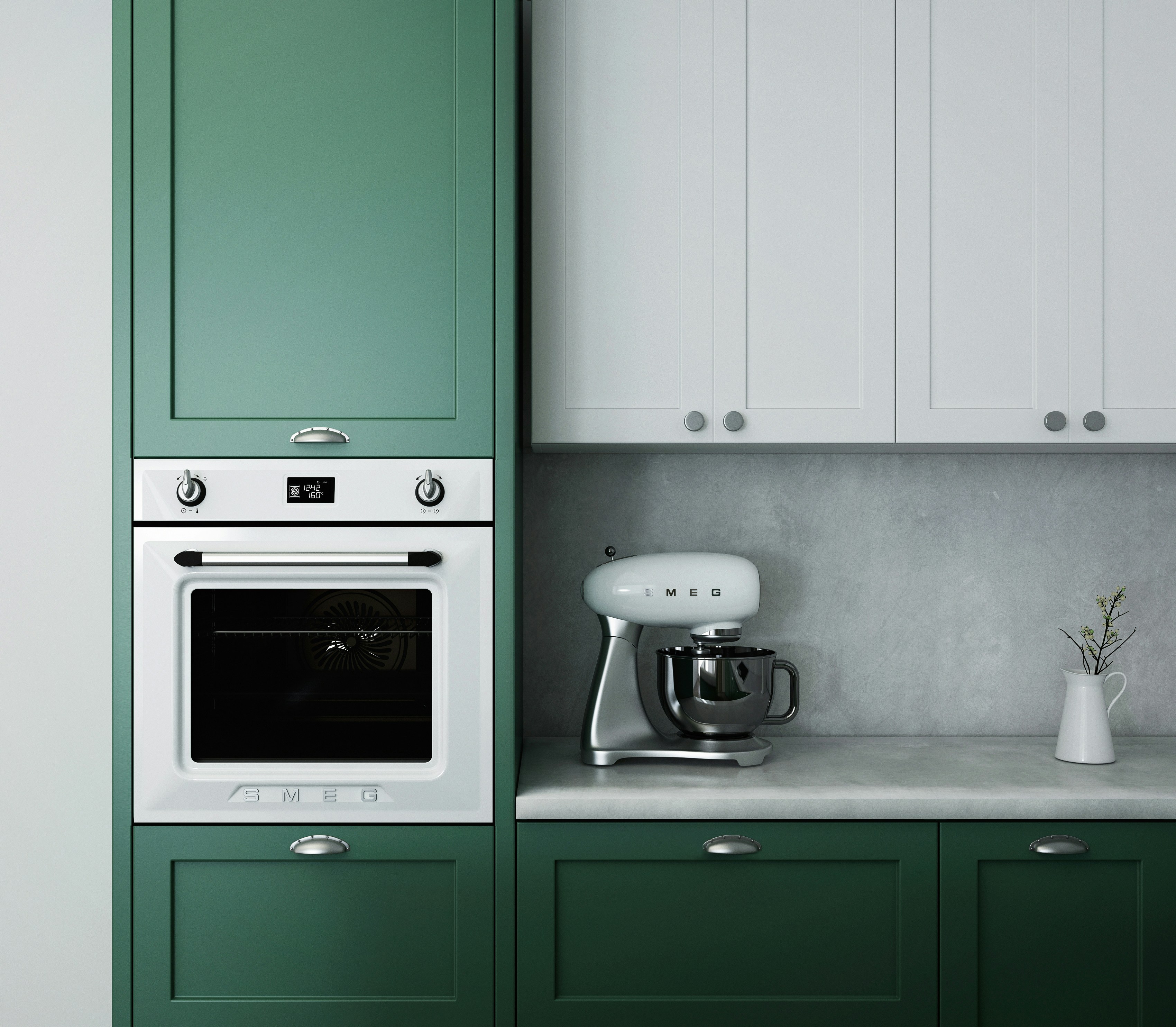So, you’re on the hunt for the perfect ice maker, huh? Well, you’ve come to the right place! Today, we are going to guide you through the process of choosing the right ice maker for your specific needs. Whether you’re looking for a portable ice maker for your next camping trip or a built-in ice maker for your home bar, we’ve got you covered. With our helpful tips and expert recommendations, you’ll be well-equipped to make an informed decision and choose the right ice maker for your needs. Let’s get started, shall we?
1. Consider the Type of Ice Maker
When choosing an ice maker, the first step is to consider the type that best suits your needs. There are three main types to choose from: countertop, undercounter, and freestanding ice makers.
1.1 Countertop Ice Makers
Countertop ice makers are compact and portable, making them a great choice for small kitchens, offices, or recreational vehicles. These machines are designed to sit on your countertop and produce a relatively small amount of ice per day. They are easy to use and require minimal installation.
1.2 Undercounter Ice Makers
Undercounter ice makers are installed directly into your kitchen cabinetry and are typically larger in capacity compared to countertop models. They are a popular choice for homeowners who entertain frequently or have larger families. Undercounter ice makers require professional installation and are designed to blend seamlessly with your kitchen decor.
1.3 Freestanding Ice Makers
Freestanding ice makers are versatile machines that can be placed anywhere as long as there is a water source and electrical outlet nearby. They can produce a high volume of ice and are commonly used in commercial settings such as restaurants, bars, and hotels. Freestanding ice makers come in various sizes and capacities to suit different needs.
2. Determine the Capacity Needed
To choose the right ice maker, it’s crucial to determine the capacity you require. This involves considering both the daily ice production and the storage capacity.
2.1 Determine the Daily Ice Production
The daily ice production refers to the amount of ice the machine can produce within a 24-hour period. It is important to estimate how much ice you will need on a daily basis, taking into account factors such as the number of people using the ice, the frequency of use, and the specific purpose (such as residential or commercial use).
2.2 Estimate the Storage Capacity
The storage capacity refers to how much ice the machine can store at a given time. If you anticipate large gatherings or a constant need for ice, it is essential to choose an ice maker with a sufficient storage capacity. Consider whether you would prefer to have a machine that constantly produces ice or a larger storage capacity to accommodate your needs.
3. Assess the Size and Dimensions
When choosing an ice maker, it is important to assess the size and dimensions to ensure it fits perfectly into your designated space.
3.1 Measure the Space Available
Before making a purchase, measure the space where you plan to install the ice maker. Consider the height, width, and depth of the area to ensure the ice maker will fit without any issues. Taking accurate measurements will help you avoid any potential installation problems and allow for seamless integration into your kitchen or designated area.
3.2 Consider the Height and Width
The height and width of the ice maker are particularly important considerations. Be sure to take note of any overhead cabinets or other fixtures that may restrict the height or width available for the ice maker. Additionally, consider the available door or access space, as larger ice makers may require more room for opening and accessing the ice storage bin.
4. Evaluate the Ice Shape Options
Ice makers produce ice in various shapes, each serving different purposes. Evaluate the ice shape options to ensure it aligns with your preferences and needs.
4.1 Cubes
Cubed ice is the most common shape and is versatile for both personal and commercial use. Cubes can be used for chilling beverages and are suitable for a wide range of applications.
4.2 Crescent
Crescent-shaped ice is commonly found in undercounter ice makers. This shape allows the ice to easily fit into glasses and can be a visually appealing option.
4.3 Bullet
Bullet-shaped ice is small and cylindrical, ideal for use in blended drinks and cocktails. It cools beverages quickly due to its shape and size.
4.4 Flake
Flake ice is soft and easily molds to the shape of products, making it suitable for food preservation and display purposes. It is commonly used in grocery stores, seafood markets, and salad bars.
4.5 Nugget
Nugget ice, also known as chewable ice, is a popular choice for those who enjoy chewing ice or prefer softer ice for their beverages. It is often used in healthcare facilities, convenience stores, and fast-food restaurants.
5. Take into Account the Installation Requirements
Before making a final decision, consider the installation requirements, as these may vary depending on the type of ice maker you choose.
5.1 Water Source
Most ice makers require a water source to produce ice. Determine whether your chosen location has access to a water line or if you will need to make arrangements for water supply installation. Additionally, check if the ice maker requires a direct water connection or if it can utilize a self-contained water reservoir.
5.2 Drainage
Ice makers also require proper drainage to dispose of excess water. Determine the availability of a nearby drain to accommodate the drainage requirements of your chosen ice maker. If a drain is not readily available, consider whether you are willing to perform regular manual draining or if you need to explore other drainage options.
5.3 Electrical Connection
Ensure that the installation location has access to an electrical outlet that meets the power requirements specified by the ice maker. Different models may have varying power needs, so it is essential to carefully review the specifications and confirm compatibility with your chosen location.
6. Consider the Ease of Use
When selecting an ice maker, it is important to consider its ease of use, particularly the control panel and ice dispensing mechanism.
6.1 Control Panel and Display
Choose an ice maker with a control panel and display that is user-friendly and easy to understand. Look for features such as intuitive buttons, clear indicators, and customizable settings to ensure convenient operation and easy monitoring of the ice production process.
6.2 Ice Dispensing Mechanism
Consider the ice dispensing mechanism of the ice maker. Some machines have a manual dispensing lever, while others offer automatic dispensing at the press of a button. Determine which option aligns with your preferences and convenience, taking into account factors such as ease of use and hygiene considerations.
7. Look for Energy Efficiency
Opting for an energy-efficient ice maker can help reduce both your environmental impact and energy expenses in the long run.
7.1 Check Energy Star Rating
Look for ice makers with an Energy Star rating, as this indicates that they meet the energy efficiency standards set by the Environmental Protection Agency (EPA). Energy Star-rated appliances are designed to consume less energy and help lower utility bills.
7.2 Consider Energy-saving Features
In addition to the Energy Star rating, consider the energy-saving features offered by the ice maker. Look for features such as automatic shut-off, energy-efficient cooling systems, and power-saving modes. These features can contribute to minimizing energy consumption and maximizing efficiency.
8. Assess the Noise Level
Ice makers, like any appliance, can produce varying levels of noise during operation. Assessing the noise level is crucial, especially if the ice maker will be installed in a quiet or frequently occupied area.
8.1 Check the Decibel Rating
Check the decibel rating of the ice maker to determine its noise level. Lower decibel ratings generally indicate quieter operation. Look for ice makers with decibel ratings that align with your preferences and requirements, particularly if noise disturbance is a concern in your chosen installation location.
8.2 Consider Sound Reduction Technology
Some ice makers come with sound reduction technology to minimize noise levels during operation. Consider whether this feature is important to you and if the ice maker you are considering offers such technology. This can be particularly beneficial in spaces where noise reduction is crucial, such as open-concept kitchens or offices.
9. Think About Maintenance and Cleaning
Maintenance and cleaning are important aspects to consider when choosing an ice maker. A well-maintained machine will ensure optimal performance and longevity.
9.1 Access to Internal Components
Consider the ease of accessing internal components for routine maintenance and cleaning. Look for ice makers that offer easy access to the ice-making mechanism and storage bin, as well as removable parts that can be cleaned separately. This will simplify the cleaning process and help prevent the buildup of mold or bacteria.
9.2 Cleaning and Maintenance Instructions
Review the cleaning and maintenance instructions provided by the manufacturer. Ensure that they are clear and easy to follow. It is essential to understand the recommended cleaning frequency and any specific cleaning agents or methods that should be used to keep the ice maker in optimal condition.
10. Consider the Brand and Warranty
Lastly, consider the brand and warranty offered for the ice maker. Opting for a reputable brand can increase the likelihood of purchasing a high-quality and reliable product. Additionally, a strong warranty can provide peace of mind and protection against potential defects or malfunctions.
10.1 Research Reputable Brands
Take the time to research and read reviews about different ice maker brands. Look for brands with a good reputation for manufacturing durable and reliable machines. Consider factors such as customer satisfaction, product quality, and after-sales service.
10.2 Compare Warranty Options
Compare the warranty options provided by different manufacturers. Look for warranties that offer comprehensive coverage and a reasonable duration. Pay attention to the specific terms and conditions, as well as any limitations or exclusions that may apply. Choosing an ice maker with a solid warranty can provide added protection and support in case of any unforeseen issues.
In conclusion, choosing the right ice maker for your needs requires careful consideration of various factors. Assess the type of ice maker that best suits your requirements and the available space. Determine the capacity needed in terms of daily ice production and storage. Evaluate the ice shape options and installation requirements. Consider the ease of use, energy efficiency, noise level, maintenance, and cleaning. Lastly, research reputable brands and compare warranty options before making a final decision. By following these guidelines, you can select the perfect ice maker to meet your ice production needs and ensure your beverages are always chilled to perfection.





